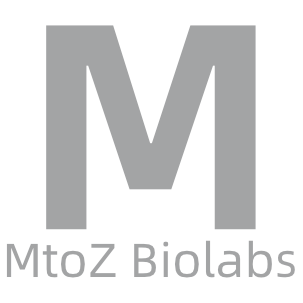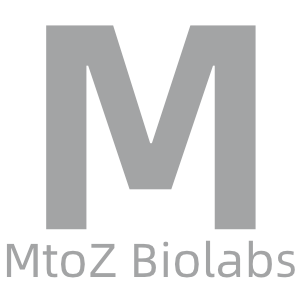Quantitative Cross Linking/Mass Spectrometry
Quantitative Cross-Linking/Mass Spectrometry (XL-MS) combines the methods of chemical cross-linking and mass spectrometry to study protein-protein interactions and their spatial structures.
The basic principle of cross-linking mass spectrometry is that nearby protein residues can be cross-linked together. After digestion, it can identify those cross-linked protein residues, thereby revealing the proximity in the original sample. The maximum length of the cross-linker acts as a distance constraint, affecting the 3D structure. The experiment includes cross-linking reaction, protein digestion, cross-linked peptide enrichment, mass spectrometry collection, database search, and error rate control.
Chemical Cross-Linking
Protein samples are treated with specific chemical cross-linkers. These cross-linkers can connect neighboring proteins or amino acid residues on proteins, forming stable covalent bonds.
Digestion and Mass Spectrometry Analysis
The treated protein samples are usually digested by an enzyme (such as trypsin) and then analyzed by a mass spectrometer. Mass spectrometry analysis can identify cross-linked peptides, thereby inferring the interaction interface between proteins.
Quantitative Analysis
By comparing the abundance of cross-linked peptides under different conditions (such as different time points, different treatment conditions, etc.), the changes in protein-protein interactions can be quantitatively analyzed. This usually requires the use of stable isotope labeling (such as SILAC) or relative quantitative methods (such as label-free quantification).
Data Processing and Analysis
Specialized software and algorithms are used to process mass spectrometry data to identify cross-linked peptides and perform quantitative analysis. These data can be used to infer the three-dimensional structure of proteins, the composition of protein complexes, and their dynamic changes.
Quantitative cross-linking/mass spectrometry can provide information on protein interactions and structures, especially useful in studying large protein complexes and dynamic protein networks.
How to order?







